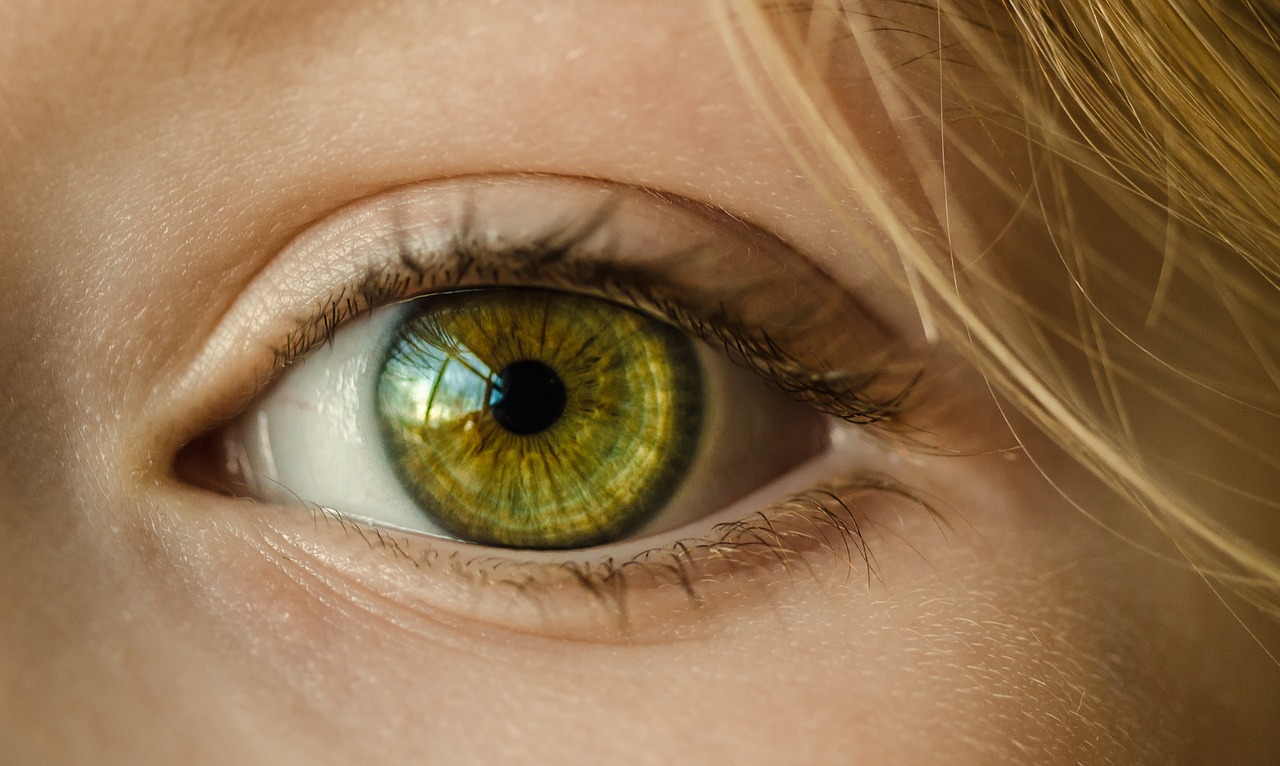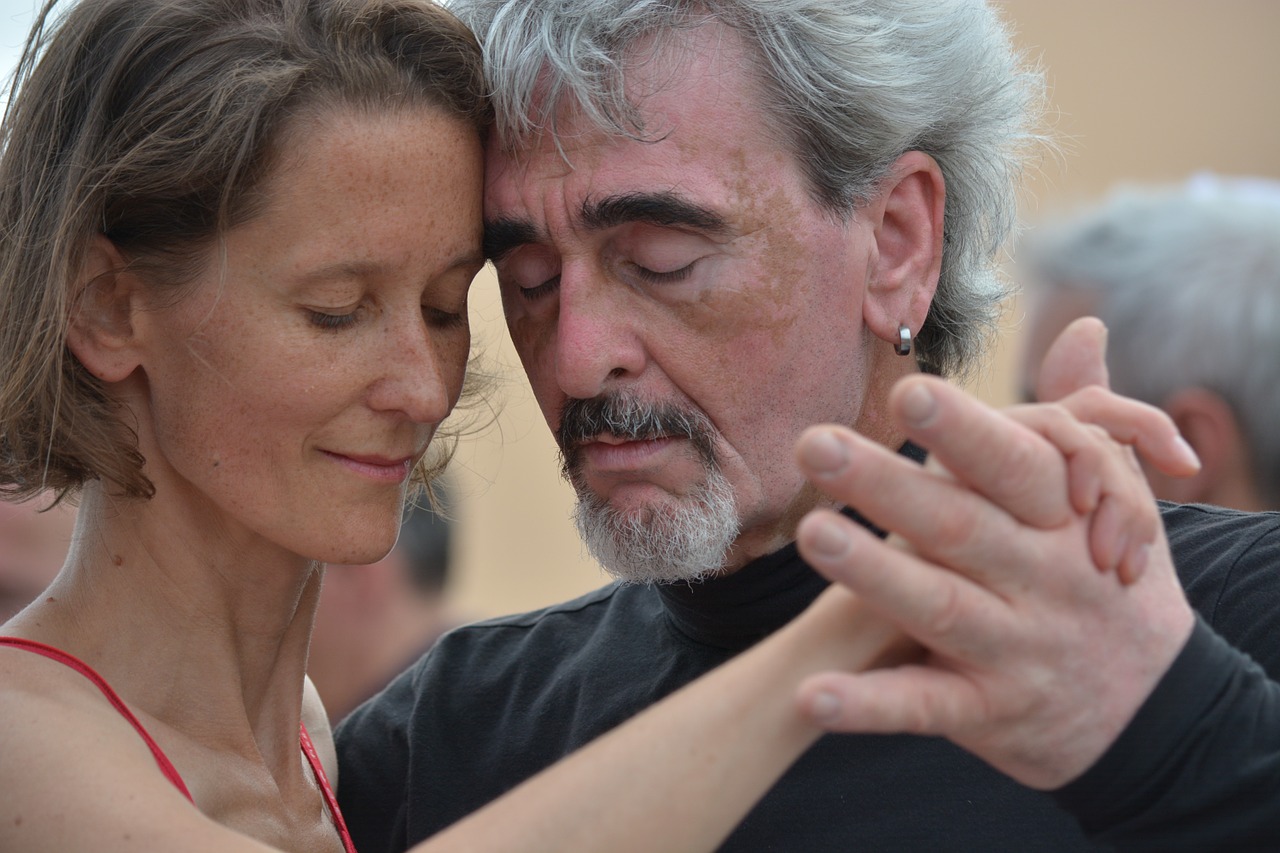I will cover below how I managed to resolve this for myself, and then we will look at the potential mechanisms of why constipation and PD symptoms are linked, I will first explain my self-observations which lead me to this conclusion.
Read MoreStress, Situations, Symptoms and Parkinson's Disease
It is in the nature of chronic diseases that symptoms manifest most when our survival instincts (fight, flight, freeze) take over our body's function. This is why the severity and range of symptoms can vary moment to moment, hour to hour, or day by day, according to how stressed or how relaxed we are in that moment, for most chronic diseases. Here, I use the word stress in its widest possible interpretation, to denote anything which may be troubling us in the present moment, e.g. feelings, accidents, trauma, troublesome relationships, financial problems, small unresolved situations from childhood, that may seem insignificant to an adult.
Read MoreSurvival Instincts and Parkinson's Disease
To help shake off the gloom about this, I call our survival instincts our superpowers, because it is a more resourceful way to look at the body and the problems we might be experiencing. Try saying "thank you, body, for keeping me safe, but now it is time to bring me out of the safe survival state and back to the normal range of health and grow." This ought to give us a little more faith in the dispositions of our body.
Read MoreDopamine and Parkinson's Disease
The Huberman Lab podcast is a lecture series by Prof. Andrew Huberman, professor of neurobiology and ophthalmology at Stanford School of Medicine, on practical and free tools for optimizing health based on the very latest neuroscience and human biology research. This podcast contains vital, actionable, and need-to-know information for people with Parkinson’s Disease, in particular of the latest pragmatic research into dopamine biochemistry. Dopamine is the major neuromodulator which is most problematic in PD, and the target for the mainstay medical interventions. So here I’ve extracted from the podcast episodes the timestamps of everything Prof. Huberman has to teach us on the subject of how to optimize our dopamine biochemistry. The format is the episode title, in order of release, followed by the corresponding timestamp links and descriptions whenever dopamine is referred to.
Read MoreVisual Cues and Parkinson's Disease
I learned about the connection between the eyes/vision and movement of the body in an online course run by my friend and "Wisdom Coach" Cheryl Townsley, where a tutorial showed how, looking up or down with the eyes (not via movement of the head) creates an immediate increase in the range of specific arm/shoulder motions. I could quickly check this was indeed true for myself. Indeed, the connection between eye and body movement is so important that professional athletes are being trained in these types of techniques, and are given specific eye exercises to improve sports performance!
Read MoreThe Eyes and Parkinson's Disease
Motivated by the launch of the Eye Guide MC wearable device for Parkinson’s Disease, I have updated this article, originally published September 2017, with some more information about the role of dopamine in the eye, and also about the emerging field of Neuro-optometrics.
Read MoreEye Exercises and Parkinson's Disease
I have updated this article, originally published on 4th December 2017, to include information from Prof. Andrew Huberman, Neuroscientist at Stanford University, who is providing information and tools based on the latest high quality science. His episode on the eyes appears to support much of what I originally wrote below
Read MoreSleep and Parkinson's Disease
In this article, we consider the role of sleep on PD symptoms. I believe that getting good sleep is absolutely foundational, on which all other progressive symptom reduction strategies rest. Indeed, Florencia Cerruti, author of Rebirth at 50: in the end it was not The End, points out that poor sleep, along with stress, is to people with PD like Kryptonite is to Superman. Unfortunately, sleep problems are extremely common with PD.
Read MoreCell Danger Response and Parkinson's Disease
The Cell Danger Response (CDR) provides an explanation and framework of understanding for chronic illnesses, including Idiopathic Parkinson’s Disease. According to this framework, the CDR occurs when a cell in the body detects a threat to its existence or that it is in some sort of mortal danger. When a cell thus loses its sense of safety, it moves via the CDR from contributing to the health and vitality of the body towards an “on guard” state of self-perseveration, and then alerts other cells to the danger by releasing chemicals, which can, in turn, set off their CDR, potentially leading to domino or cascade effect. If the threat is maintained long enough, eventually the CDR results in the cell going into a shut-down or hibernatory state, to wait it out until the danger has passed. When enough cells in the body get stuck in a Cell Danger Response, some from of chronic illness ensues.
Read MoreThe Neck and Parkinson's Disease, Part 1
Even slight damage or stiffening up of the neck can cause constrictions or interruptions of important electrical and chemical flows. For oxygen and nutrients that enter through the mouth or nose, it is double jeopardy, as they have to pass through the bottle-neck twice, down into the lungs or to the gut, and back up again to get the brain. The neck is therefore a primary attention site for progressive symptom reduction strategies. In this article, we look at aspects of the neck and consider what we can do to improve our lot.
Read MoreDiaphragmatic Breathing and Parkinson's Disease
In this article, I will make the case that patterns of unhealthy breathing are among the most vital target areas for progressive reduction of the symptoms of Parkinson’s Disease. Breathing dysfunctions are prevalent in people with PD, such as chronic mouth breathing, but, in particular, shallow breathing from the chest and neck, with very little movement of the diaphragm, which has become spasmodic, rigid and stiff. These breathing patterns often precede diagnosis by years or may even be life-long habits, and therefore could have a more causal role, rather than just being an effect of developing the disease. Conversely, if a chemical cure was invented tomorrow, which alleviated the main symptoms, it is very unlikely to fix the unhealthy breathing habits, and so associated chronic health issues are likely to re-emerge. The positive message is that this can be worked on and repaired over time even with PD, and that long term strategies to improve the situation could help reduce symptoms and disease progression, and improve quality of life.
Read MoreBrain Healing and Parkinson's Disease
Here are annotated excerpts from the book, on the stages of neuroplastic healing - according to Dr Doidge, this works by modulating or downregulating the abnormal and noisy brain wave activity which occurs in nervous system dysregulations, that are either blocking clear movement and sensory signals or are over-exciting pain responses. It is worth noting that such “noisy brain” problems have been identified as a key element of Parkinson’s Disease.
Read MoreAthletics Training and Competitive Sport with Parkinson's Disease
Fascia (Connective Tissue) and Parkinson's Disease
We discover that fascia is essentially the connective tissue which is found throughout our body, wrapping muscles and organs, nerves and bones. This connective tissue is incredibly important and has profound and primary roles in our biological system, health and wellness. This is an “emerging” field in medicine, but has been known about and worked with in other disciplines for a very long time.
Read MoreThe Past, Persistence and Parkinson's Disease
By Stefania Lungu, contributing author and person with Parkinson’s Disease.
“I am 66 years old and this is my story. I strongly believe that almost all major illnesses have deep roots in some traumas/shocks we have at certain moments of our lives, which we were not able to “digest”. All my emotional traumas are related to members of my family. My first shock was back in 1994, when I was alone with a little child to raise. Knock-knock, depression installed itself immediately and I was not able to recognize it and give it a proper treatment. I was very angry, and afraid that I would not be able to cope with all my problems. Yet, in all the critical moments of my life, I received from seemingly nowhere some help from ”above”, and somehow I managed to solve step by step the problems which arose, even when I remained jobless in 2000, and by miracle an old tennis friend helped me to find a new job in a bank, that help restore confidence in myself.”
Read MoreHand-Held Accessories and Hand-Eye Co-ordination in Movement Therapies for Parkinson's Disease
An early discovery in pursuing whole-body movement as the principle therapy for increasing my range of motion, re-connecting body and mind, and integrating Primitive Reflexes, was the importance of holding something in my hands as part and parcel of the therapy, thereby enhancing the Applied Neuroplasticity and Somatic Experiencing benefits of movement.
Read MoreDance Therapy for Parkinson's Disease
Of all the therapies and modalities we’ve discussed here, I believe the most beneficial overall for progressive symptom reduction and movement recovery are Dance based. Here we define Dance Therapy broadly and simply as “moving to music or a beat”
Read MoreBalloon Based Play Therapy for Parkinson's Disease
Playing with balloons helped me re-discover much more slow, fluid and graceful movement. I believe that this type of controlled movement exercise could be very beneficial - even more so than playing with balls.
Read MoreBuilding Aliveness with Parkinson's Disease
The contrast to two years ago is quite stark. Back then I was literally near-Death and dying fast. Then, in my Death Feigning or "off" state, I would be in a much deeper Freeze, with more "rigor mortis" (rigidity). I was literally a zombie. Now I am much more functional - half-alive instead of near-dead - while symptomatic, unless having a really bad day. Even when the drugs switched me on, back then, it was not into full Aliveness, but into another half-dead, unfeeling, empty state - that of permanent Fight-Flight which I had pre-existed all in my life. Moreover, I was taking so many drugs that my movement (and emotions) were uncontrolled, I would go over to a state of dyskinesia which could be worse than the symptoms. Some of the drugs (ropenirole) I was on then actually made my Fight-Flight much, much worse than before.
Read MoreTennis as Therapy for Parkinson's Disease
Tennis seems to be the perfect exercise to help PD - the hand-eye coordination, sudden quick movements, the thinking process used to execute a shot. I now play most days - mainly doubles - for up to three hours. Luckily, our club has a lot of members so there’s never a shortage of people to play with. And the strange, but rewarding part is that my game is getting better! Four years ago I would never have dreamt that I would be winning club competitions and playing matches for my club in the Leicestershire league. I started playing tennis shortly before being diagnosed in my early 50s, enjoying coaching sessions and playing a couple of times a week with my children.
Read More


















